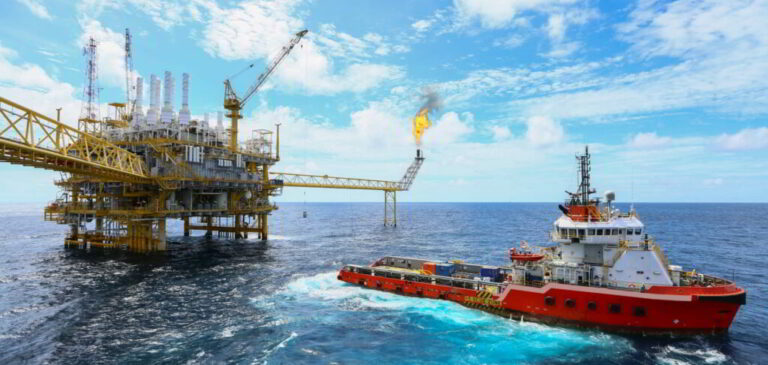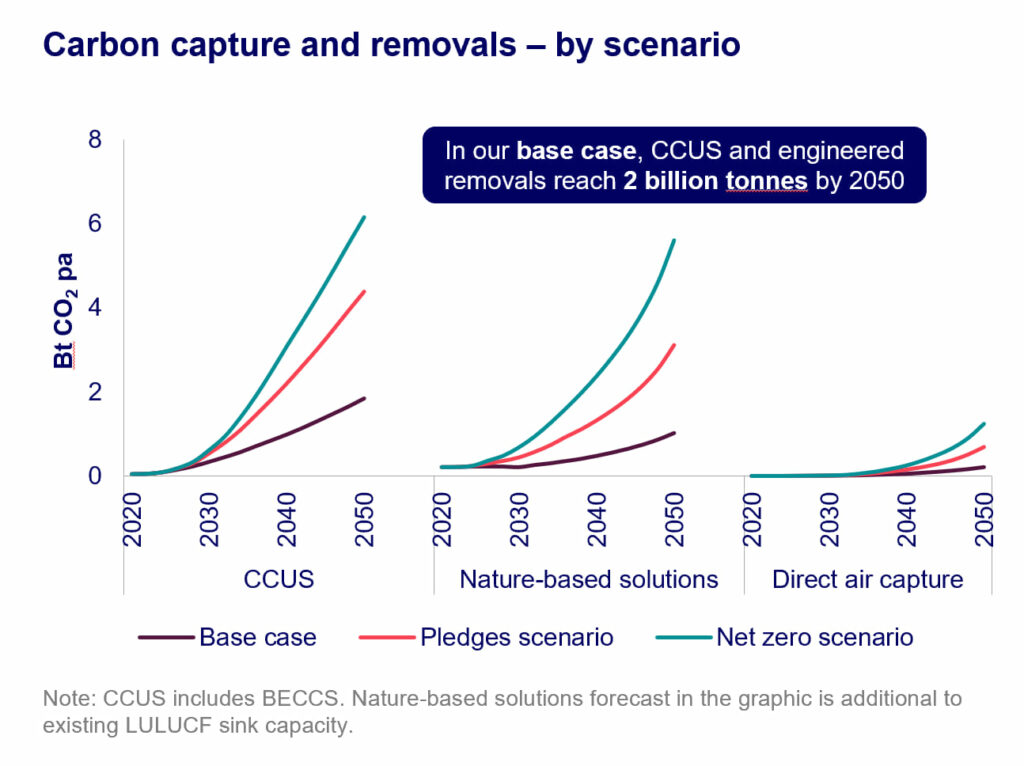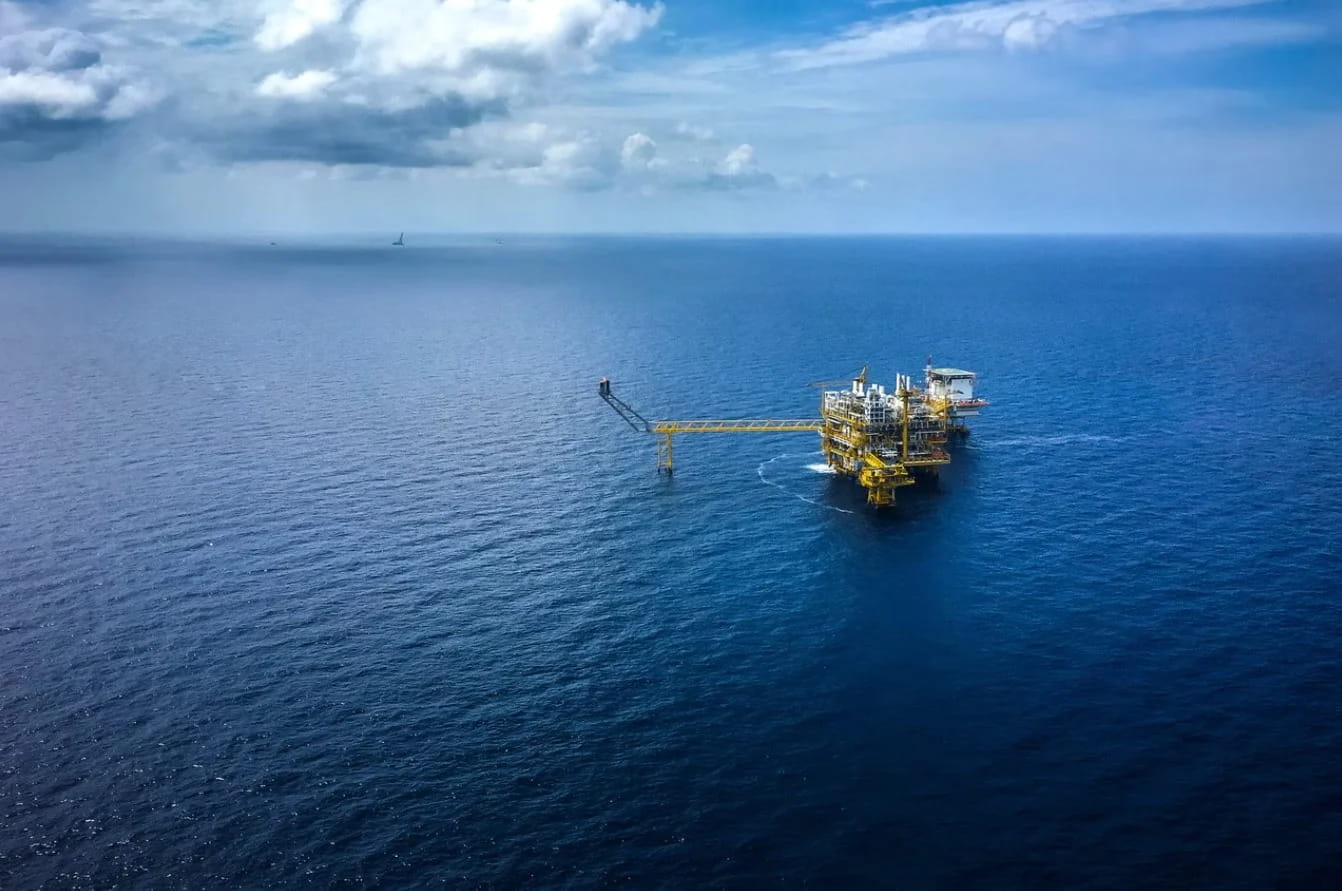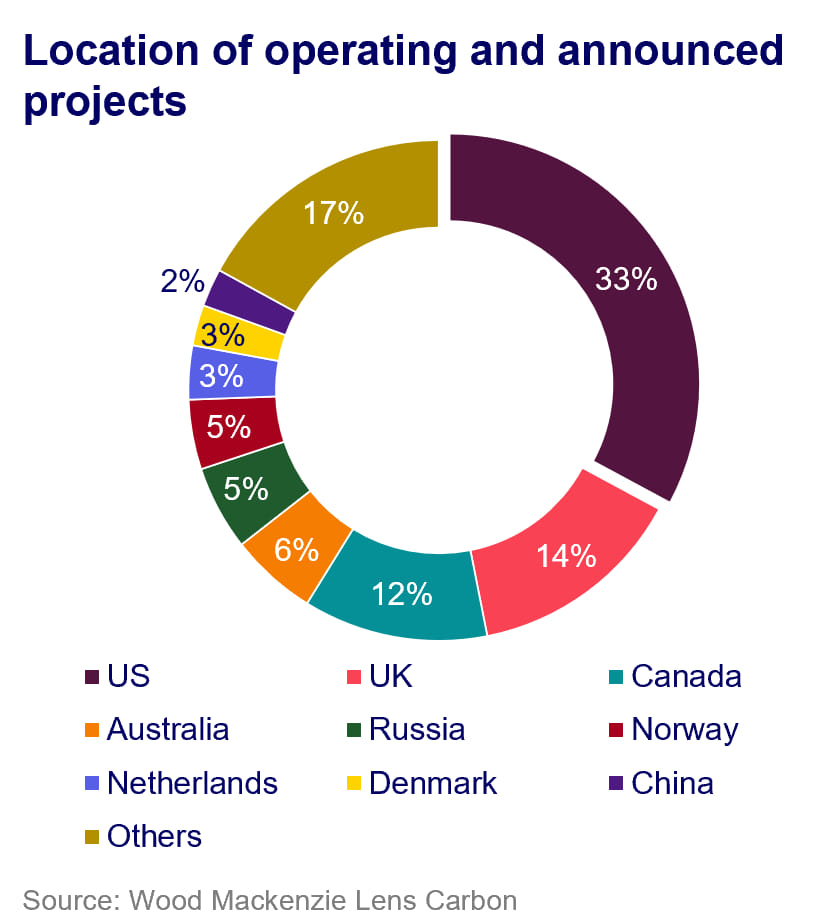Home Fossil Energy WoodMac: Swift action needed to ratchet up carbon capture and reach net-zero by 2050
As the energy transition spreads its wing, new low-carbon and green sources of supply are springing up, however, Wood Mackenzie, an energy intelligence group, believes that these emerging sectors will not be able to usher in a net-zero by 2050 era without carbon capture, utilization and storage (CCUS). As a result, the company emphasizes the need for additional investment in decarbonization through more CCUS projects.
 Wood Mackenzie
Wood Mackenzie
Lately, reviews of global energy transition progress tend to show dark clouds on the horizon, as net-zero by 2050 aspirations seem to be slipping through the world’s fingers. Some are adamant that there is still time to achieve climate change goals as long as the world phases out fossil fuels and ups the renewables ante. Others argue that oil and gas still hold the keys to global energy security and will remain in the energy mix alongside renewables and other low-carbon sources for years to come.
This was confirmed by OPEC, which forecasts the combined share of oil and gas in the energy mix to be 54% in 2045. DNV’s new Energy Transition Outlook also warns that it will take the next 27 years to move the energy mix from the present 80% fossil and 20% non-fossil split to a 48/52 ratio by 2050 if the world does nothing to accelerate net-zero plans. If the world cannot turn its back on fossil fuels as quickly as some have thought, what is left on the decarbonization board to mitigate emissions and meet net-zero by 2050 targets?
According to Wood Mackenzie, one of the emission reduction tools that can lend a helping hand is CCUS. This was confirmed by Mhairidh Evans, head of CCUS research, during Wood Mackenzie’s Carbon Capture, Utilization and Storage Conference in Houston. Evans points out that urgency is needed to meet the 7 billion tonnes of carbon capture (Btpa) required to meet net-zero goals in 2050.
 Source: Wood Mackenzie
Source: Wood Mackenzie
“Energy efficiencies, renewables, and alternative fuels will not be enough to meet net-zero by 2050. We need a huge amount of carbon to be captured out of our industries and the power sector to decarbonize the last miles that can’t be easily reached by green electrification or alternatives. Right now, we are on track to meet our base case scenario, which forecasts 2 Btpa of CO2 capture and removal by 2050 – though this corresponds to a 2.5-degree global warming scenario. For net-zero by 2050 and a 1.5 degree compliant scenario we would need 7 Btpa. To come close, we need to get shovels in the ground quickly,” explained Evans.
Currently, Wood Mackenzie is tracking globally planned CCUS capacity at 1,400 Mt CO2 Pa, across all types of capture, transport, and storage projects and the U.S. is in the lead with 33% of all projects. Despite opportunities for growth, Evans elaborates that governments and developers still face several challenges and hurdles to scaling up the industry.
Evans further highlighted: “We do see an exciting project pipeline and some markets are well-positioned for strong growth, particularly the U.S. While no country has the perfect approach, the U.S. market stands out as the global leader in many ways. There is substantial support for emitters to decarbonize with the Inflation Reduction Act 45Q tax credit, and for companies to build out the infrastructure value chain of CO2 transport and storage with the Infrastructure Investment and Jobs Act.
“The U.S. also has vast geological carbon storage resources that can be developed by companies with upstream oil and gas know-how. It is really the most attractive market in the world to start a CCUS business right now.”
However, the International Energy Agency’s new edition of the Net Zero Roadmap reduces projections for CCS deployment in 2030 by around 40% compared to the original NZE scenario, due to “a history of unmet expectations.” Many environmental activists and organizations claim that CCS is being touted as a climate silver bullet, but they see it as a lifeline for new oil and gas development.

energy transition
Posted: 17 days ago
Nevertheless, Evans concluded: “It’s clear we need investment, but the industry is still somewhat hesitant as developers are facing high costs, evolving technologies, unclear business models, and nascent policy and regulation. We also need more emitters to come on board with carbon capture. There are companies proposing new CO2 storage hubs every month at the moment, but there is a limited pool of ready customers.
“Costs are an issue as well, as the 45Q tax credit isn’t quite enough to cover the cost of carbon capture for every project, though it should cover many. We expect costs to fall, potentially up to 30% this decade. However, with the 45Q tax credit being open to projects starting construction as far away as 2033, companies could decide to wait for costs to fall before committing. This would mean a delayed impact of projects, and climate change is not waiting.”

>>> Read full article>>>
Copyright for syndicated content belongs to the linked Source : OffshoreEnergy – https://www.offshore-energy.biz/woodmac-swift-action-needed-to-ratchet-up-carbon-capture-and-reach-net-zero-by-2050/













![[News] Japan Develops 10nm Nanoimprint Technology, with Potential to Tackle EUV Bottleneck – TrendForce](https://earth-news.info/wp-content/uploads/2025/12/329851-news-japan-develops-10nm-nanoimprint-technology-with-potential-to-tackle-euv-bottleneck-trendforce-360x180.jpg)
















